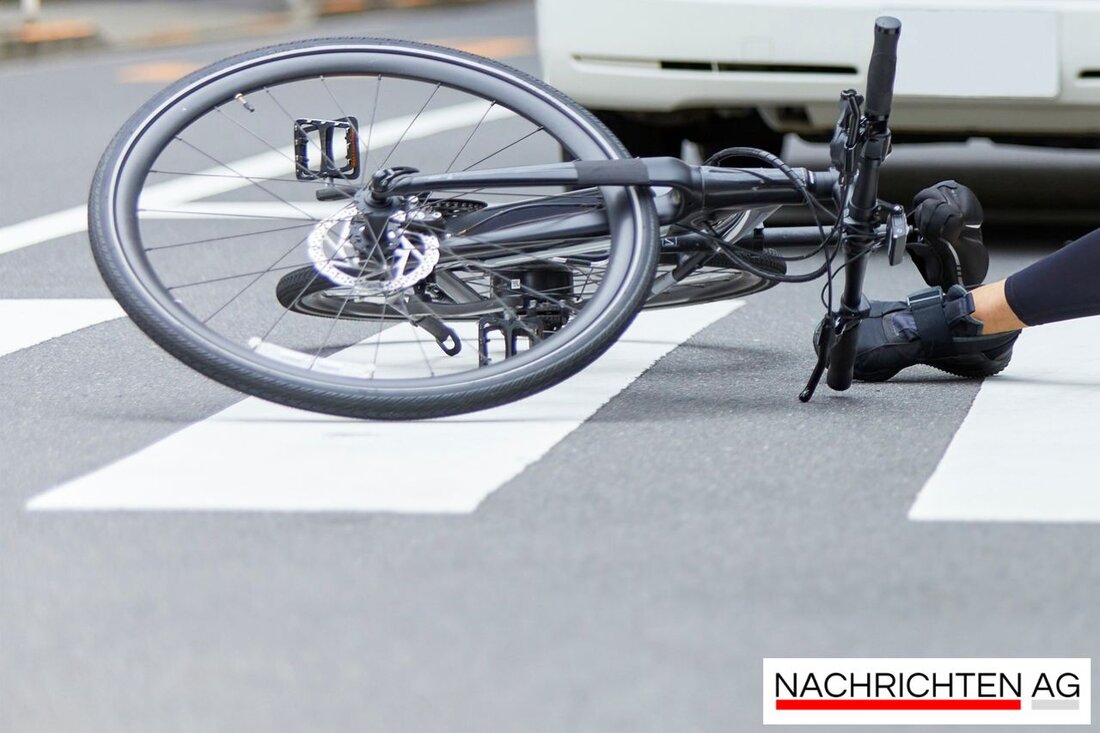Military areas in Münsingen: Civilian use at risk after conversion stop
The halt to the conversion of military sites in Penzing endangers civilian plans. Münsingen benefits, while Ellwangen is uncertain.

Military areas in Münsingen: Civilian use at risk after conversion stop
The example of the Münsingen region shows how old military sites are transformed into modern living spaces. The once active Bundeswehr training area, which was used for military purposes until 2005, has now developed into a popular destination for hikers and cyclists. The area, which is part of the Swabian Alb, couldn't be less attractive after Sergeant Schmitz trained the troops there with his drills and commands and brought the area to life. While the Bundeswehr has been withdrawn, nature is now blooming and attracting visitors in droves. Schwäbische.de reports that the region experienced considerable revitalization after the withdrawal, particularly through new development areas and commercial settlements.
The closure of the military site not only brought with it a change in use, but also some challenges. A decision from Berlin has stopped the conversion of military property into civilian land nationwide. Numerous cities and municipalities that had developed plans for the civilian use of former military sites are affected. The community of Penzing is now facing uncertain times with its ambitious projects for residential buildings and offices. Ellwangen, which was planning a new residential area on the site of the Reinhardt barracks, also has to rethink.
Growth of the Bundeswehr and its effects
The Bundeswehr itself is facing growth after years of shrinking. As reported by Tagesschau, 187 former military properties will no longer be converted in order to be ready for a possible expansion of the armed forces. The conversion stop affects newly planned civil projects, but State Secretary Nils Hilmer emphasized that they are also aware of the significance of this decision and are trying to take civil planning into account.
Despite these developments, there are also positive voices. Sonthofen, for example, benefits from the conversion freeze because the city can keep the two remaining barracks without having to invest in conversion processes. In Sigmaringen there are even calls for the Bundeswehr to return to the Graf Stauffenberg barracks in order to regain economic advantages. Külsheim, where the Prinz Eugen barracks were closed in 2006, has asked the Ministry of Defense whether it would be possible for the troops to return in order to revitalize the region as an attractive employer.
A look across the border
A look beyond borders shows that the way military sites are dealt with takes different forms around the world. A current example from Brazil illustrates how complex the situation in urban areas can be. A recent mega-operation by the Rio de Janeiro police left 121 people dead, including both civilians and police officers. During this operation, enormous quantities of weapons were confiscated and numerous suspects were arrested. CNN Brasil describes the operation as one of the biggest strikes against the Comando Vermelho criminal network in the city's history, highlighting just how much is at stake.
It turns out that the transformation of former military sites is always in the area of tension between historical tradition and future-oriented civilian use. While some regions in Germany are struggling with uncertain future prospects, others seem to have the courage to seize the opportunities of change.

 Suche
Suche
 Mein Konto
Mein Konto